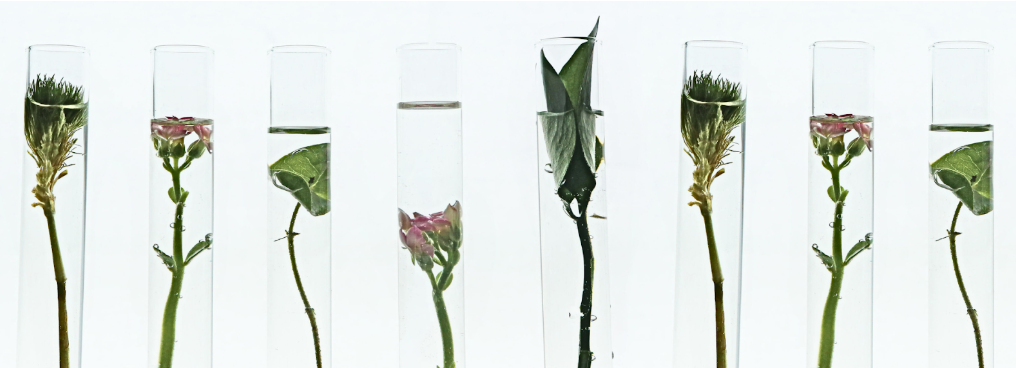Equip is a virtual eating disorder treatment program built by clinical experts in the field and people who’ve been there. By providing a dedicated, 5-person care team, Equip delivers at-home, evidence-based treatment to patients of all ages. Equip also offers a free resource hub for individuals and families affected by eating disorders.
When people talk about the successful components of eating disorder treatment, they often mention key steps like restoring weight, building new skills, and facing fear foods. What sometimes gets left out of the conversation is a crucial factor: involving the patient’s community.
Experts even believe that integrating community into treatment—which is a core principle in Family-Based Treatment—can significantly improve a patient’s treatment outcomes.
“It’s very easy to isolate yourself when you have an eating disorder,” says Reggie Ash, LPCC-S, and Therapy Director at Equip. “In isolation, people often start to feel shame about their thoughts and feelings. Community has such an impact on recovery because it brings someone out of isolation. Rather than internalizing shame and negative thoughts, community can remind someone that recovery is not only possible, but that they don’t have to do it alone.”
Loved ones can help cultivate a level of trust and openness that combats the secrecy, fear, and anxiety that often comes with an eating disorder. They can provide the patient a safe space to recuperate when they encounter challenges. Also, they can help keep the patient build a life worth living, keeping them involved in the traditions and activities that matter most to them.
Why community plays an important role for a patient
It can be incredibly difficult to heal from an eating disorder alone. That could explain why many traditional care models that require patients to leave their homes and communities for treatment have mixed results.1 Instead of uprooting patients, these bonds they have with their communities can be some of their greatest assets for overcoming their eating disorders.
On a day-to-day level, family members and friends can help a patient implement new behaviors into their routine, practice new skills with them, and provide accountability throughout recovery. This could look like:
- Preparing meals and other forms of mealtime assistance
- Providing emotional support
- Modeling new ways to talk about dieting and body image
- Helping a loved one navigate social events
- Looking out for signs of relapse
Why friends and family also need community support
“An eating disorder doesn’t only affect the individual, it also has an impact on that person’s friends, siblings, sports teams, parents, and more. When a patient’s support system is able to get the education and resources they need, they can provide the right support for their loved one,” says Ash. He adds that a key example is patient families who also struggle with food insecurity, “These families may need the assistance of food kitchens or food donations. These are initiatives that are spearheaded by their community.”
Linsey Henry, who’s a family mentor at Equip, has first-hand experience with how much community support can make a difference for families. When Henry’s son was first diagnosed with anorexia, she made the “daring, scary, and very transparent” decision to reach out to her entire community for support. “Somewhere within me I knew I couldn’t take this on without additional support,” she says. In the months that followed, Henry saw her community rally around her family: “We began to get daily words of encouragement, meal support, and extra help with our other child. People truly wanted to show up, and also educate themselves around eating disorders.”
This outpour of support had a profound effect: “Most importantly, the shame disappeared from us, we all felt less alone. We had genuine support,” Henry says.
What community and culture-informed treatment can look like
When 15-year-old Arya began eating disorder treatment, her East Asian culture played an integral role in her recovery. BBC Writer Ritu Agurwal described in her essay, Why India is a Nation of Foodies, “for many Indians, ‘sitting down’ with their family for a meal is one of the most important activities of the day.”2 This concept resonated with Arya’s family who felt that “the family that eats together stays together, and meal time is a strong source of family bonding, talking, and sharing.”2
Arya’s treatment team helped her and her family through Family-Based Treatment, which focuses on family meals and inclusion. Arya’s siblings were able to join in sessions and learn how to best support their sibling and parents both in and out of meal times. Arya’s mother was able to serve her recovering child familiar, nutrient-dense foods which made eating at the dinner table less stressful for everyone. These are just some of the ways that her culture and family played key roles in Arya’s recovery.
Eating disorders thrive in secrecy, but recovery flourishes in community. If you’re looking to get connected with others, support groups are an incredible resource. Check out these 7 eating disorder support groups to get started.
This article was originally published on the Equip blog.
Sources
[1] Peckmezian, Tina, and Susan J Paxton (2020.) “A Systematic Review of Outcomes Following Residential Treatment for Eating Disorders.” European Eating Disorders Review 28, no. 3, 246–59. https://doi.org/10.1002/erv.2733.
[2] Agurwal, R. (2016, June 21). Why India is a nation of foodies. BBC News. https://www.bbc.com/news/world-asia-india-36415078






